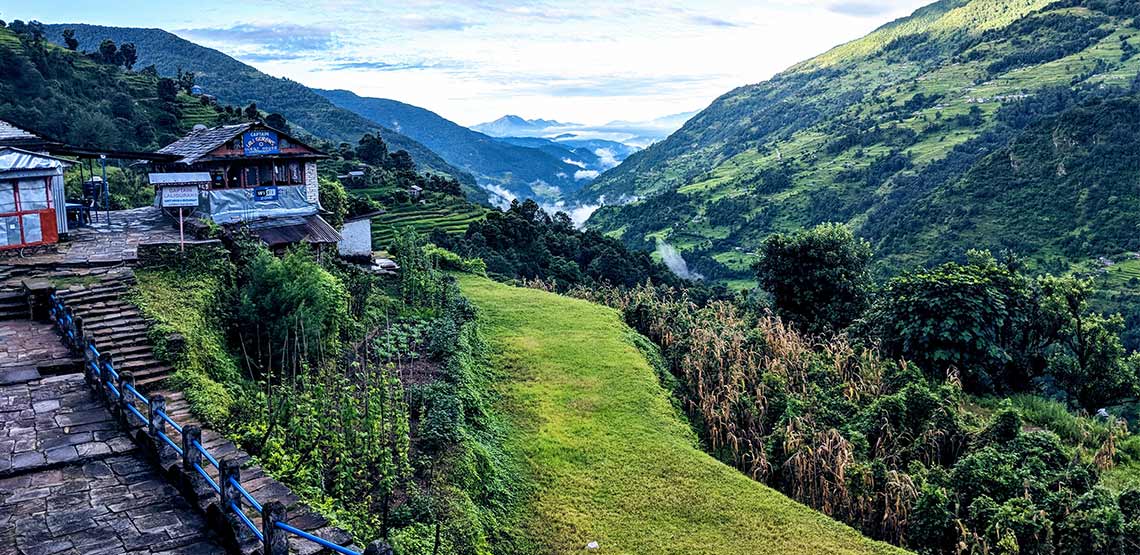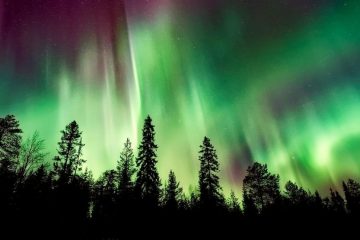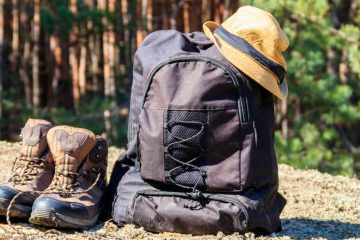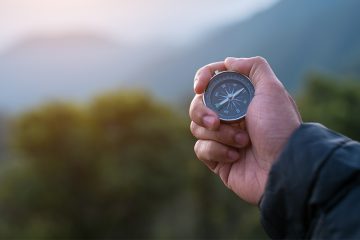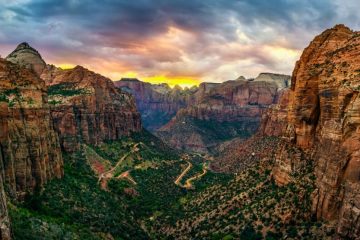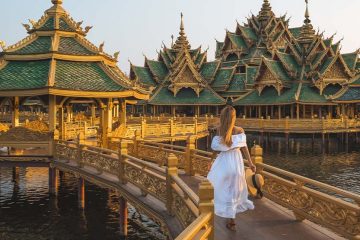Are You up for the Challenge of Trekking in Nepal? Here's What to Expect!
A Survival Guide
Waking up at 4:45 a.m. isn’t something I typically plan on doing while on vacation. Usually, my trips are a mix of adventure and relaxation, with the more thrilling experiences occurring after a good night’s sleep.
My latest trip, though, was quite the opposite. My partner and I had decided to go trekking in Nepal, and after months of planning, finally booked our trip. However, no amount of preparation actually prepared us for what we were about to face.
Do Your Research
Trekking in Nepal might be a popular bucket list item, but that doesn’t mean it’s easy, or relatively safe. People go missing every year, and seeing helicopters flying over the mountains, airlifting trekkers and climbers out to nearby hospitals, is an everyday occurrence. Yes, this does sound scary, but that’s why it is important to prepare yourself.
Once you know what you’re getting yourself into, (almost) everything becomes easier, and less frightening.
My research started with figuring out what area of Nepal to go trekking in. After looking at different options, my partner and I decided on the Annapurna region. It’s a popular trek, and not as strenuous as others. Parts would be difficult, but not impossible. The next question was: to trek solo, or with a group?
Trekking by yourself is possible, but can also be very difficult. You have to navigate by yourself, or hire a local guide. You’d also have to carry all your gear, book teahouses and ensure your own safety.
Given the lack of experience my partner and I had with trekking (this trip would be the first of its kind for us), and my asthma, we decided wandering around the mountains on our own wasn’t the best idea. Instead, we booked a tour with G Adventures, and experienced peace of mind knowing that all the details would be sorted out for us.
The tour we picked was G Adventure’s Nepal Adventure. It was 10 days in total, and included other activities in Kathmandu and Chitwan National Park. We got it on sale for roughly $1,275 CAD per person, but the regular price is $1,499 CAD per person. Our group included eight other travelers and two local guides. We had additional guides join us for the trekking and jungle portions of the trip.
Despite the tour company taking care of most of the trip details, there were still some things we needed to look into.
We knew our trip would be taking place at the tail-end of monsoon season (September), so we needed to do a bit of preparation. We had to look up what the weather would be like (hot and rainy, for that time of year) in order to pack accordingly, and physically prepare. Hiking in Nepal requires a good level of cardio, so we went to the gym in the months leading up to the trip as well.
Other items to prepare in advance included travel vaccines — I needed four — and researching visa requirements. Nepal requires all tourists to have an entry visa, and anyone entering national parks also needs a trekking permit. The G Adventures tour included trekking permits, but anyone trekking in Nepal on their own would need to acquire one individually.
Entry visas can be obtained at the airport upon arrival. There are three options: a 15-day visa for $25 USD, 30-day for $40 USD or 90-day for $100 USD.
Despite all the research, we were still not fully prepared for everything we were about to experience.
Iceland is known for its stunning landscapes, friendly community and cultural cuisine. Here's some inspiration for what to do when traveling in Iceland.
Spiders, Leeches and Unbelievable Sunrises
The trek was physically hard, but I knew it would be. We walked for five to seven hours a day, in 25-degree Celsius weather with extreme humidity. While there were porters carrying clothes and toiletries, we carried our own day-packs and walked up more stairs than I thought even existed in this world.
If you’re ever in Nepal and someone tells you the walk will be “mostly flat,” they are lying; it will be up and down, and likely on extreme inclines. And, if you’re there around monsoon season like I was, you’ll probably have the opportunity to also traverse over fresh landslides. I never, ever thought I would experience something like that.
Our trek was only three days. The starting point was roughly one hour outside of Pokhara. From there, we spent the first day walking to Ghandruk, and spent the night in a teahouse. This small town is a popular stop for many people trekking through Annapurna, and has many accommodations to choose from.
I knew the teahouses would be simple, and I’d be lucky to find a western toilet. I was prepared for that. What I wasn’t prepared for were the spiders.
I have arachnophobia, and before leaving for this trip I Googled “spiders in Nepal.” I knew there were huge spiders there, but I did not think they would be sharing rooms with me. One review I read on TripAdvisor mentioned finding a huge spider in a teahouse room, but I thought, “No, this will not happen to me.” It did.
Luckily, the teahouse staff were happy to remove the spider (it was bigger than both my hands, combined, and jumped). Lesson learned: the internet does not lie. There will be spiders, but rest assured, the locals will help you deal with them.
The next morning we were greeted with our 4:45 a.m. wake-up call, which is necessary if you want to see the white-caps of the Annapurna mountains. During the day, the mountains are typically covered by clouds. But in the morning, as the sun rises, they are out in all their glory. If you’re lucky, you can see them for roughly half an hour. Once the sun’s rays hit the snow, though, the water will evaporate, create clouds, and hide their magnificence.
On the second day, we trekked to another small town called Landruk. During the walk we saw snakes, more spiders, monkeys, leeches (so many leeches) and livestock. We walked through the mountains, across make-shift bridges, up and down, and by the end of the day were too tired to care about any potential creepy-crawlies in our room.
That night we got to watch some monsoon rains rolls in, which created beautiful clouds the next morning. The mist rolled in through the foothills, which created a beautiful backdrop underneath the towering mountains, which were again visible at 5 a.m.
The third and final day of the trek was bittersweet. Our bodies were destroyed, we were mentally drained, and we just wanted to get to the finish line. We were also a bit sad, though, because the views were totally worth it. My legs still haven’t forgiven me, but my eyes will be forever grateful.
Trekking in Nepal, even for just three days, was a surreal experience that I will never forget, and not just because of the giant spiders.




